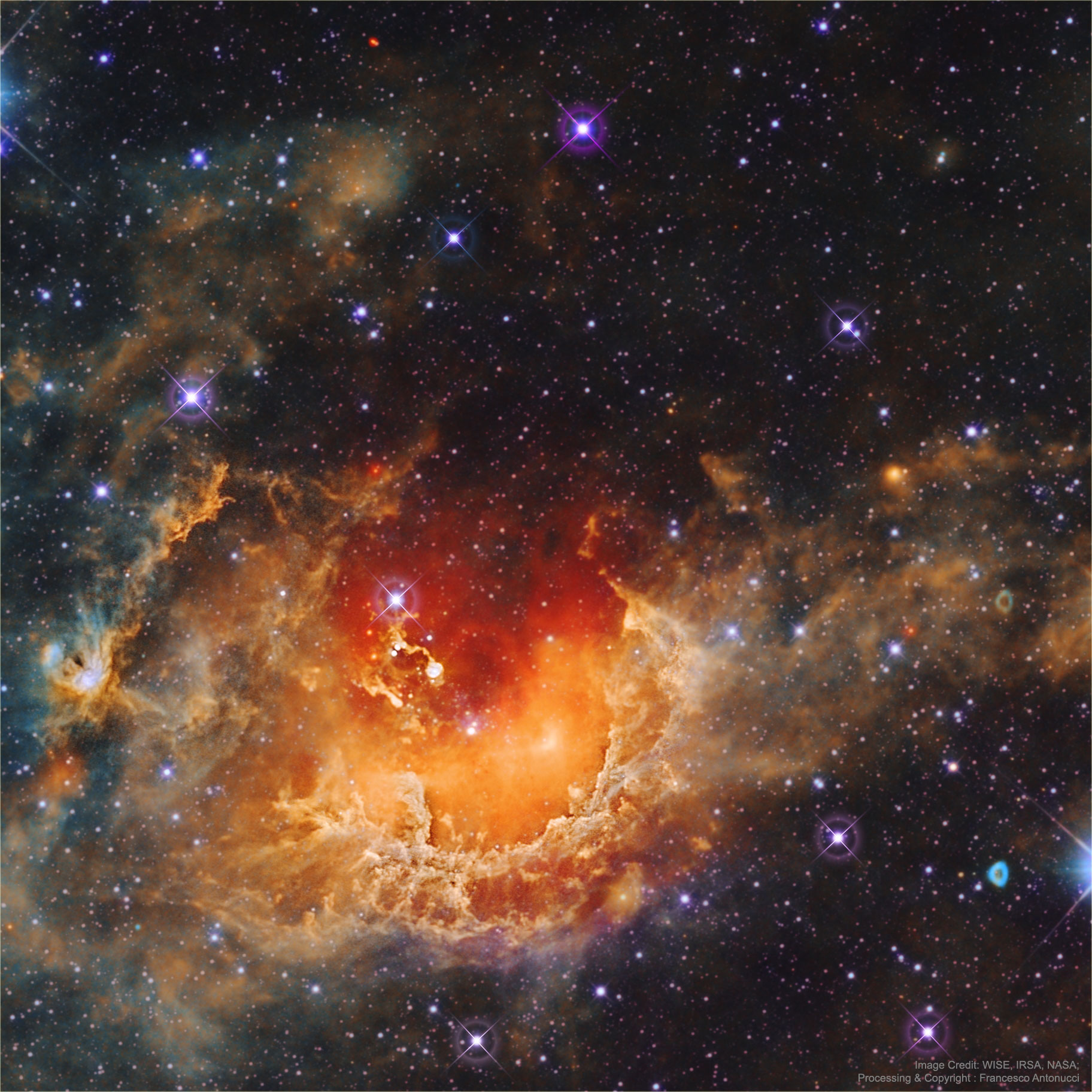THE SECRETS OF STAR BORN
First high-resolution model to simulate an entire gas cloud where stars are born
THE MYSTERIES OF STAR FORMATION
Stars may shine brightly in the night sky, but they play crucial roles across the universe. Investigating star formation has been a challenge due to the complexity of the physical processes involved. The birth of a star can take millions of years, with our lives occurring in the blink of an eye compared to the lifespan of a star.
Now, a group of researchers has developed a practical and brilliantly vivid simulation of the early stages of star formation. It’s called STARFORGE (Star Formation in Gaseous Environments), and it simulates an entire gas cloud, a stellar nursery, in incredible detail. This simulation is much more detailed than anything previously possible, and it’s full of vibrant colors—showing where stars are born.
“How stars form is a central question in astronomy,” said Faucher-Giguère, a senior author of the study. “It’s been difficult to explore because of the range of physical processes involved. But with STARFORGE, we can address fundamental questions that were previously unanswerable.”
This simulation showcases the first numerical model of star formation in a massive, 20,000-solar-mass molecular cloud. It includes a detailed treatment of feedback from protostellar jets, radiation, stellar winds, and supernovae. Dubbed the “Anvil of Creation,” the simulation is a stunning visual journey for viewers. However, the researchers are using it to better understand the complexities of star formation, such as why it is slow and inefficient, why stars form in clusters, and how their mass is determined.
Through STARFORGE, scientists have discovered that protostellar jets—high-velocity gas streams that accompany star formation—are crucial in determining a star’s mass. It’s the only simulation to model star formation, evolution, and dynamics while accounting for various feedback processes, such as jets, radiation, and winds. “By calculating a star’s precise mass, we can determine its brightness, internal mechanisms, and even make better predictions about its death,” said Faucher-Giguère. “That helps us understand elements synthesized in stars, like carbon and oxygen—elements we’re made of.”
“People have been simulating star formation for decades, but STARFORGE represents a leap forward in technology,” said Grudić. “Previous models only captured a small patch of the cloud where stars form. Without the big picture, we missed many factors influencing a star’s outcome.”
The researchers used a combination of computational codes for gas dynamics, magnetic fields, gravity, and stellar feedback processes to develop STARFORGE. Running a single simulation can take up to three months and requires one of the world’s largest supercomputers, supported by the National Science Foundation and operated by the Texas Advanced Computing Center.
The simulation reveals a massive gas cloud—tens to millions of times the mass of the sun—floating through the universe. As it evolves, structures form, break down, and fragment, ultimately giving birth to individual stars. The process concludes when there’s no gas left to form new stars.
Interestingly, when the scientists ran the simulation without accounting for jets, the resulting stars were far too large—several times the mass of the sun. After including jets, the stars’ masses became much more reasonable, no more than half the mass of the sun. “Jets disrupt the inflow of gas toward the star,” Grudić explained. “They blow away gas that would otherwise end up in the star, limiting its mass. We suspected this was happening, but STARFORGE allowed us to confirm it.”
Beyond understanding more about stars, Mike Grudić and Faucher-Giguère trust STARFORGE can assist us with learning the universe and even ourselves.
" Understanding the development of the universe depends on our knowledge of star formation,” Grudić said. “If we understand star formation, we can understand galaxy formation and, in turn, learn more about the universe’s makeup. Ultimately, understanding where we come from and our place in the universe hinges on knowing the origins of stars.”
Recently acknowledged by the Monthly Notices of the Royal Astronomical Society, an advanced copy of the manuscript detailing the research behind STARFORGE appeared online today. An accompanying paper, discussing how jets influence star formation, was published in the same journal in February 2021.
Originally published on Live Science








